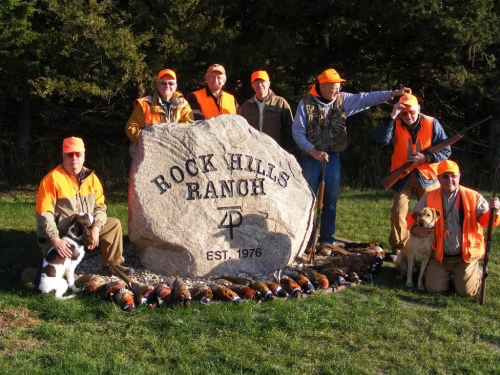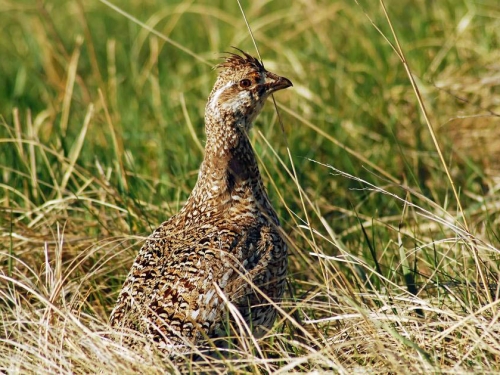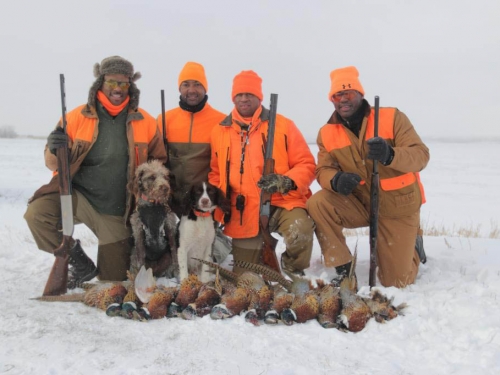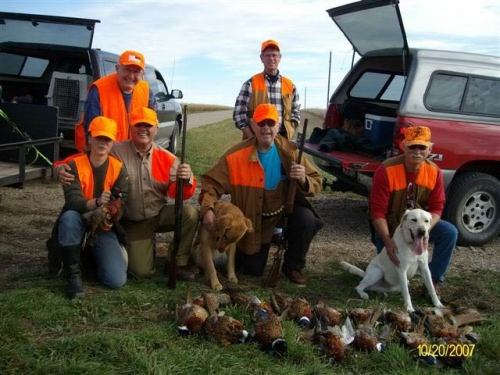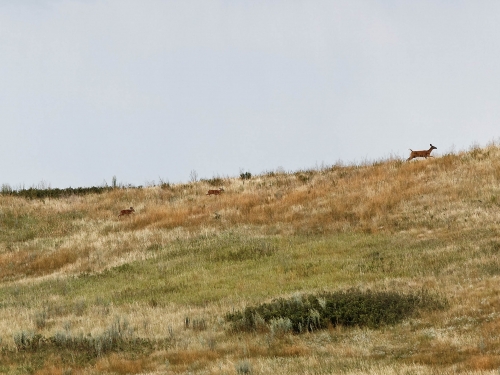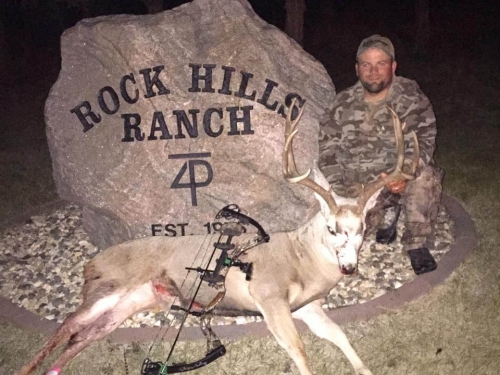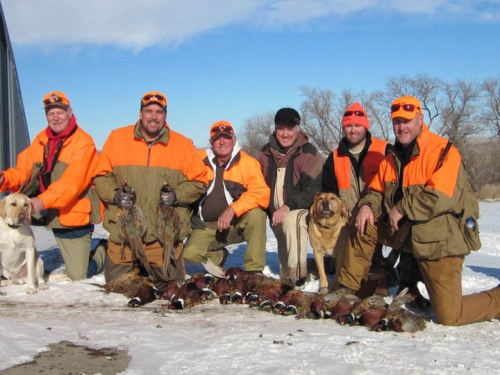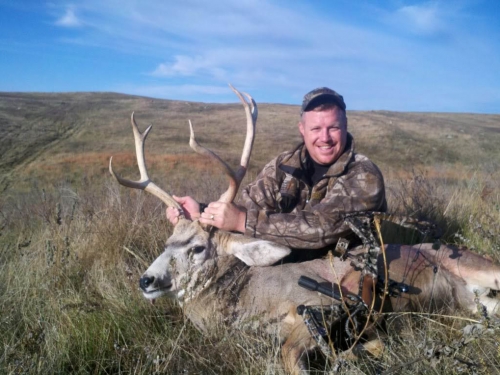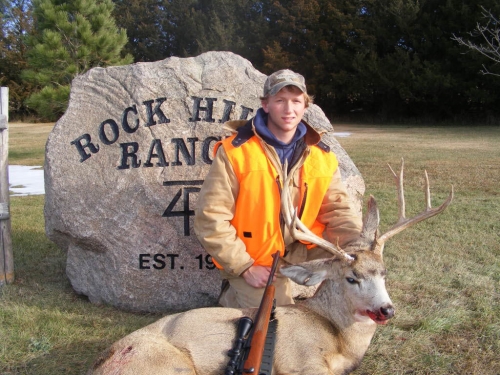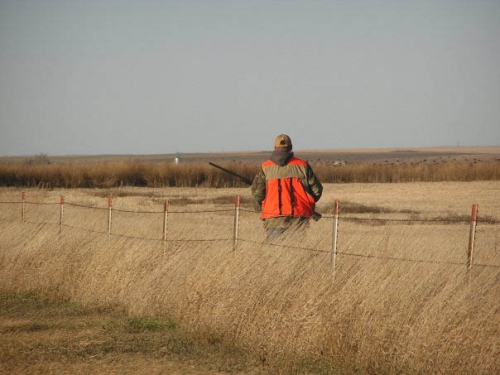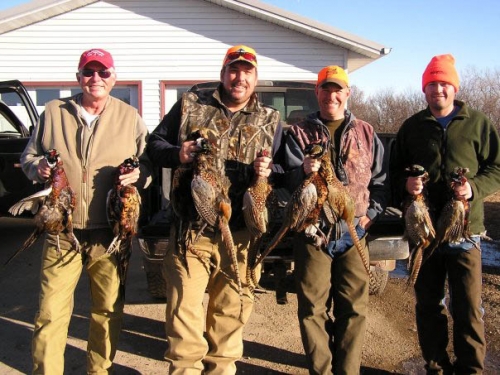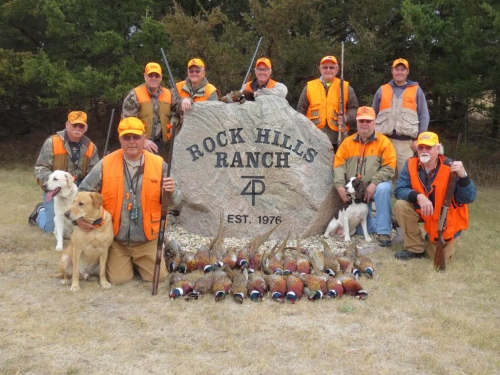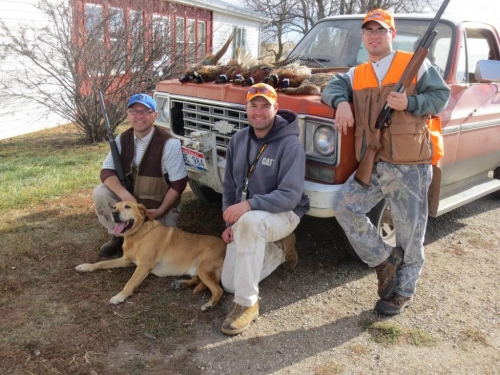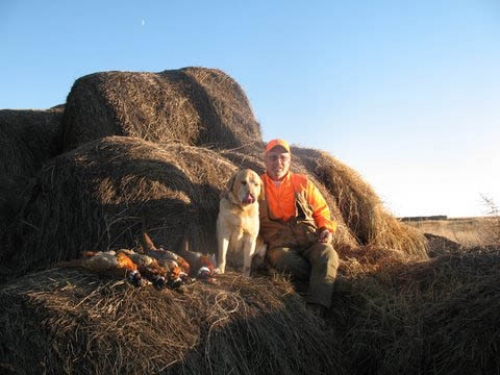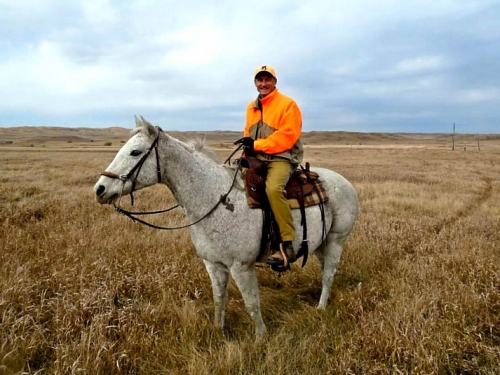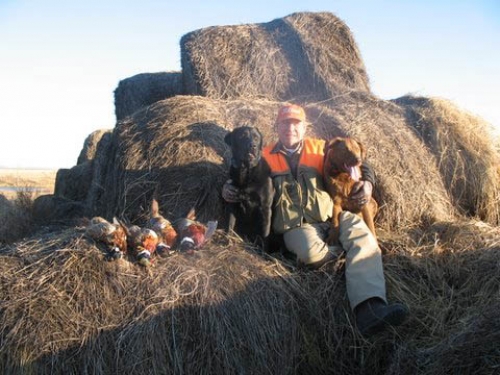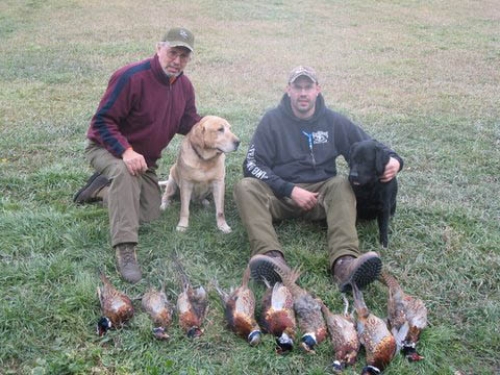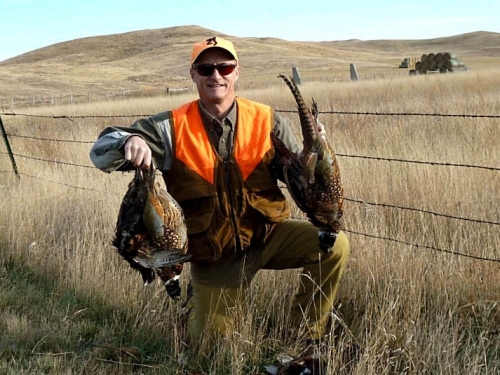Wildlife Management
A healthy wildlife population is reflective of a healthy ecosystem. Generally, good range management results in good wildlife habitat. Raising wildlife is not really our goal, but it is sort of a byproduct of what we’ve done to improve the land for cattle production. In the early 2000’s, we began to intentionally improve wildlife habitat, specifically upland bird food sources. Today, wildlife habitat management is part of our decision-making process on a regular basis.
Food plots are a big part of providing for wildlife on the ranch. We rotate corn, milo (grain sorghum), and cover crop mixes in the plots. We plant seven or more plots each year, totaling about 30 acres.
Food, of course, is not the only requirement for wildlife to thrive. For birds, nesting and protection from weather and predators is critical. To provide these elements, we maintain several shelter belts (tree groves) and plant more every few years. We have planted about 60 farmed acres back to a grass and forb mix; deer and pheasants love these areas for rearing young and hiding from predators. Pheasants and ducks often nest in our hay fields, so we try to delay cutting until the ducklings and chicks are old enough to get away from the machinery. Finally, we design our grazing plans to leave adequate nesting cover in strategic areas around the ranch for upland birds and waterfowl.
We have partnered with US Fish & Wildlife Service on several water development projects. Wildlife often use our stock tanks as a water source, but dugouts and dams are also important for waterfowl. We are on the western edge of the prairie pothole region, one of the most important areas for North America’s duck population. Since many of the regions’ potholes and grasslands have been lost to crop production, USFWS has helped fund water development projects and infrastructure for good grazing management in our area.
Plant diversity is something we have paid more attention to in recent years. We have seen our cattle eat just about every plant at some time during the year, so we don’t believe that grass is the only thing that should be growing in the pasture. We use herbicides only when necessary to control noxious weeds. Having a diverse plant community benefits soil health as well as a variety of wildlife, so we do our best to maintain a healthy mix of plant species.
If you would like to get a first-hand look at our wildlife habitat, check out our tour and hunting options.

